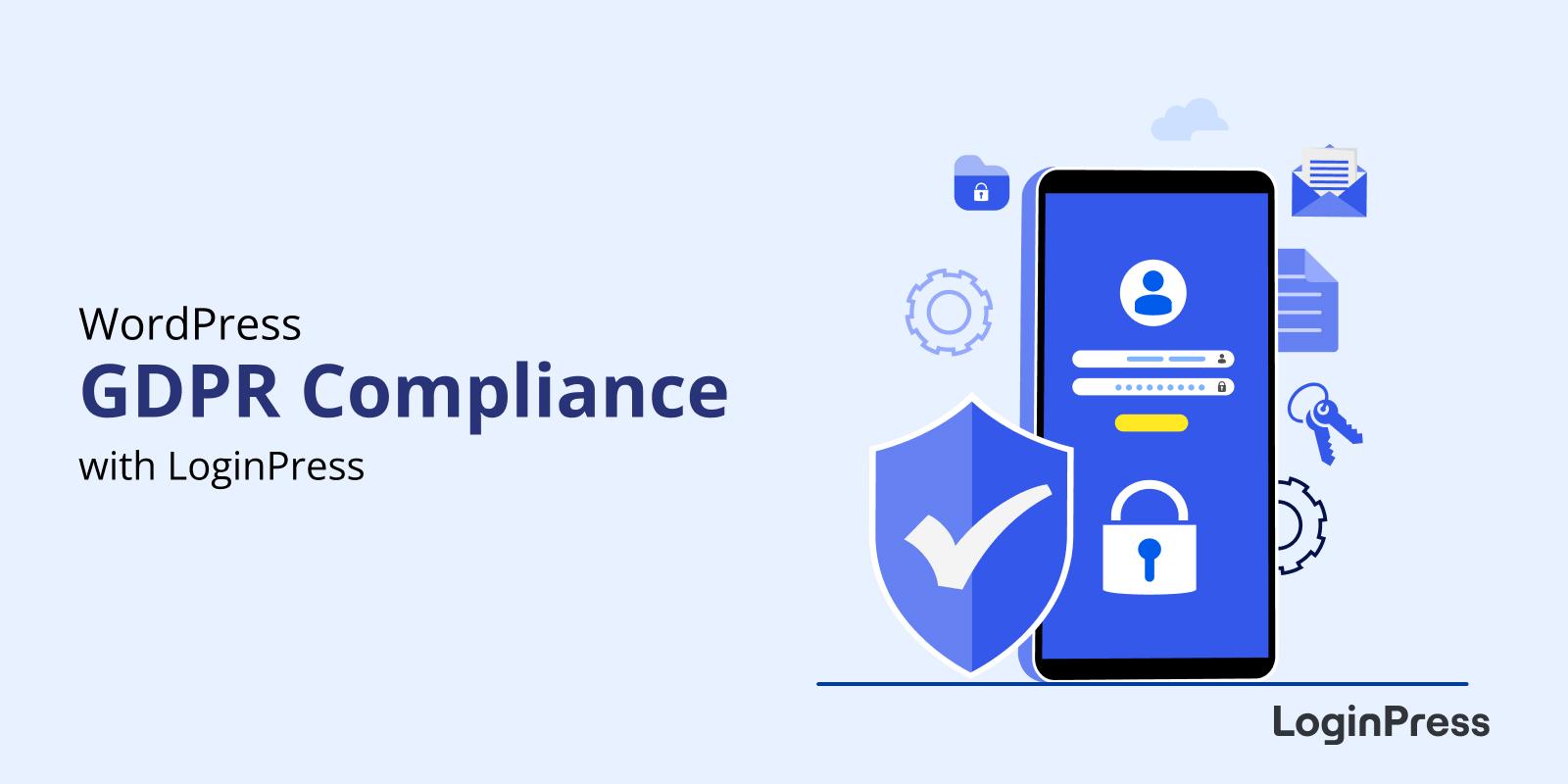Navigating Compliance in Your WordPress website: Understanding Licensing and Legal Use
In today’s digital landscape,launching a WordPress website is as easy as a few clicks. However, while the technical side might be straightforward, the legalities can get a bit murky. If you’re like manny website owners, you may have found yourself asking: “Am I using content legally? What about those images I found online? And do I really need too worry about licensing?”
Well, you’re not alone! Navigating the compliance maze can feel overwhelming, especially when you’re trying to focus on creating great content. But fear not! Understanding licensing and legal use isn’t just a dry legal requirement; it’s a crucial step in protecting your brand and building trust with your audience.
So, whether you’re a seasoned blogger or just starting out, join us as we break down the essentials of WordPress compliance. We’ll guide you through the key concepts, share practical tips, and help you ensure your website stands on solid legal ground. Ready to safeguard your passion project? Let’s dive in!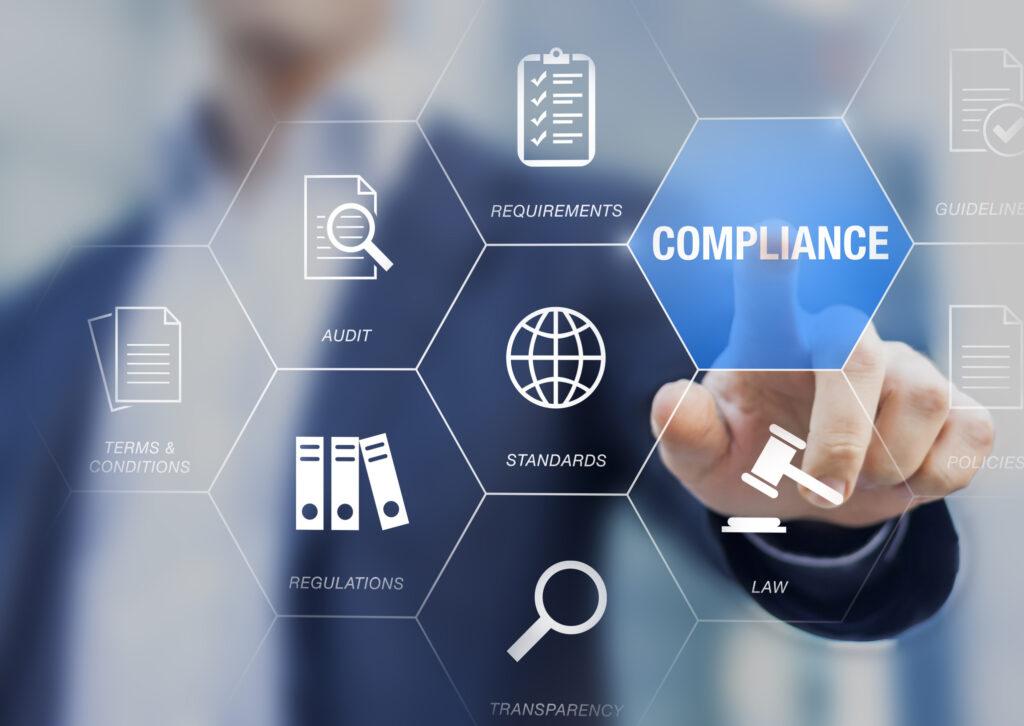
Understanding the Importance of Compliance for Your WordPress Site
Running a WordPress site is an exciting venture, but it comes with a set of responsibilities that should not be overlooked. Compliance is crucial for ensuring that your website operates legally and ethically. The multifaceted nature of compliance covers various aspects, from licensing content to adhering to privacy laws.
One of the key areas of compliance is understanding licensing agreements. When you use images, themes, or plugins, it’s essential to check that they are properly licensed. Not only dose this protect you from potential legal action, but it also supports the creators behind the content.Here’s what to keep in mind:
- Creative Commons licenses: Know the different types and what they permit.
- Commercial licenses: Ensure you have the right to use and modify content.
- Attribution requirements: Always give credit when required by the licence.
Moreover, compliance extends to adhering to data protection regulations. Depending on your location and audience, laws like GDPR or CCPA may apply to you. These regulations mandate how you collect, store, and use personal data. To stay compliant, consider implementing the following:
- Privacy policy: Clearly outline how user data is handled.
- Cookie Consent: Inform users about the use of cookies and obtain consent.
- Data Access Requests: Ensure users can request their data and know how to do so.
It’s also vital to keep your website’s accessibility in mind. Compliance with the Americans with Disabilities Act (ADA) can enhance your site’s usability.A well-structured site that accommodates all users not only broadens your audience but also protects against potential discrimination claims.
| Compliance Aspect | Importance |
|---|---|
| Licensing | Protects against copyright infringement |
| Data Privacy | Builds trust with users |
| Accessibility | Increases site usability for all |
By prioritizing compliance in these areas, you not only safeguard your WordPress site but also foster a trustworthy relationship with your audience.This proactive approach to legal and ethical responsibilities can lead to sustained growth and success for your online presence.

Decoding Licensing: What You Need to Know for legal Use
When creating content for your WordPress website, understanding licensing is crucial to ensure that you are using materials legally and ethically. Licensing dictates how you can use images, text, plugins, and themes. Ignoring these guidelines can lead to serious legal repercussions,so it’s essential to navigate this landscape wisely.
Types of Licenses play a important role in determining how you can use various assets. Here are some common types you may encounter:
- Creative Commons (CC): Allows certain uses without permission, depending on the specific type of CC license.
- Royalty-Free: Grants you the right to use the asset without ongoing fees, though some restrictions might apply.
- GNU GPL: Commonly used for software, this license allows modification and redistribution under specific conditions.
- Proprietary Licenses: These licenses are restrictive; you typically need permission for any use, including modifications.
Understanding how to comply with these licenses is essential for protecting your website. As an example, when using stock images, always check the license for attribution requirements. Failing to give credit can lead to copyright infringement claims, which can be costly and damaging.
To make compliance easier,consider using a license management tool or plugin. Many WordPress plugins can help you track and manage the licenses of assets on your site. Here’s a simple table summarizing some popular plugins:
| Plugin Name | Key Features | Cost |
|---|---|---|
| WP License Manager | Track plugin and theme licenses; alerts for renewals | Free |
| License Manager | Manage licenses for digital products; user-kind interface | $49/year |
| Easy Digital Downloads | Advanced licensing capabilities; integrates with e-commerce | $199/year |
always keep records of the licenses you have obtained. This can include saving copies of license agreements, receipts, and any communications with asset creators. Having this documentation will not only help you stay compliant but can also serve as proof in case of any disputes.
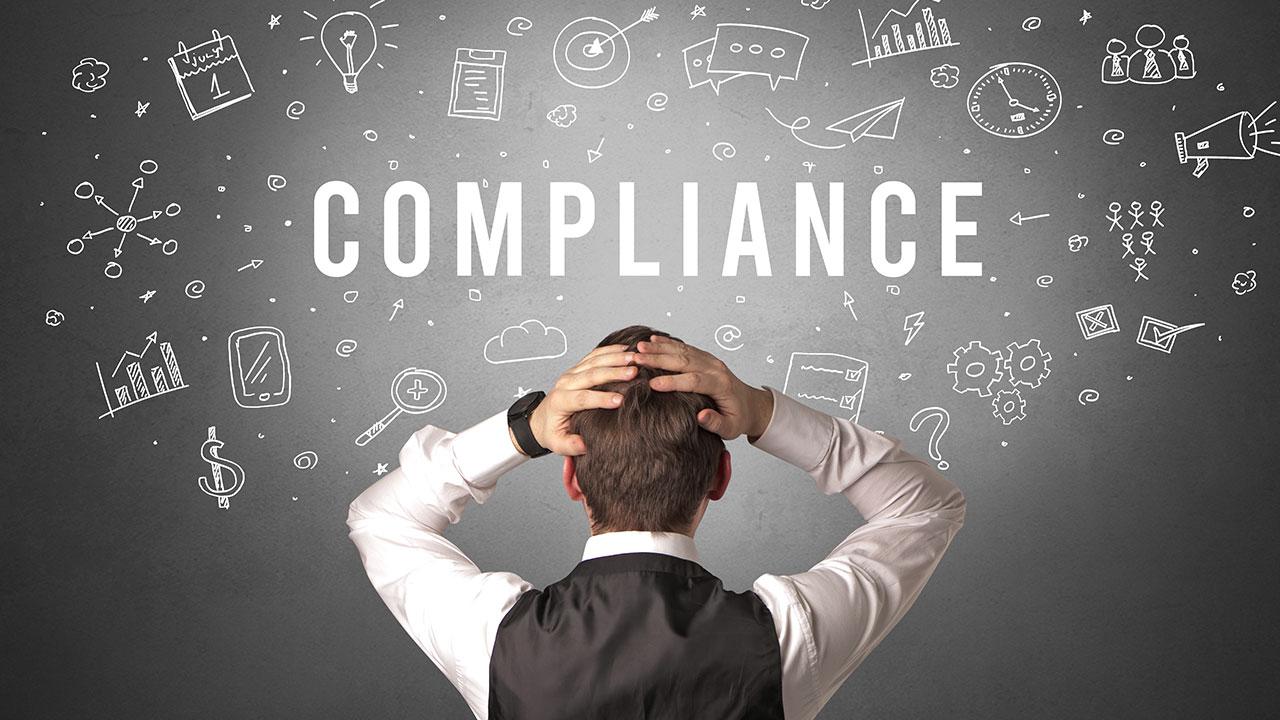
Choosing the Right Theme and Plugins: A Compliance Perspective
When building your WordPress site, selecting the right theme and plugins is more than just a design choice; it’s a matter of compliance. Many users overlook the legal implications of their selections, which can lead to potential headaches down the road. Before diving into aesthetics, consider these critical factors to ensure that your choices align with compliance standards.
licensing is Key: Each theme and plugin comes with its own licensing agreements.Familiarize yourself with these licenses to avoid unauthorized use. Here are some common licenses to be aware of:
- GNU General Public license (GPL): Most popular WordPress themes and plugins fall under this license, allowing free use and modification.
- Commercial License: Premium themes and plugins usually require a purchase, and their licenses can restrict how you use them.
- Creative Commons: Some themes may use these licenses, which frequently enough allow various levels of sharing and adaptation.
Check for Regular Updates: A theme or plugin that is not regularly updated can pose security risks, making your site vulnerable to compliance violations. An outdated product might not meet the latest legal standards, especially with regulations like GDPR and CCPA in play. Ensure your selections are actively maintained by their developers.
Accessibility Matters: Compliance isn’t only about licensing; accessibility is crucial. Choose themes and plugins that are designed with inclusivity in mind. Tools like WP accessibility can help ensure your website is usable for everyone, adhering to legal standards like the Americans with Disabilities Act (ADA).
| theme/Plugin | License Type | updates | Accessibility Features |
|---|---|---|---|
| Theme A | GPL | Monthly | Yes |
| Plugin B | Commercial | Quarterly | No |
| Theme C | GPL | Weekly | Yes |
By ensuring that your chosen themes and plugins are compliant with licensing,regularly updated,and accessible,you not only protect yourself legally but also create a better experience for your users. Therefore, take the time to research and select wisely. Your website’s integrity and success depend on it.
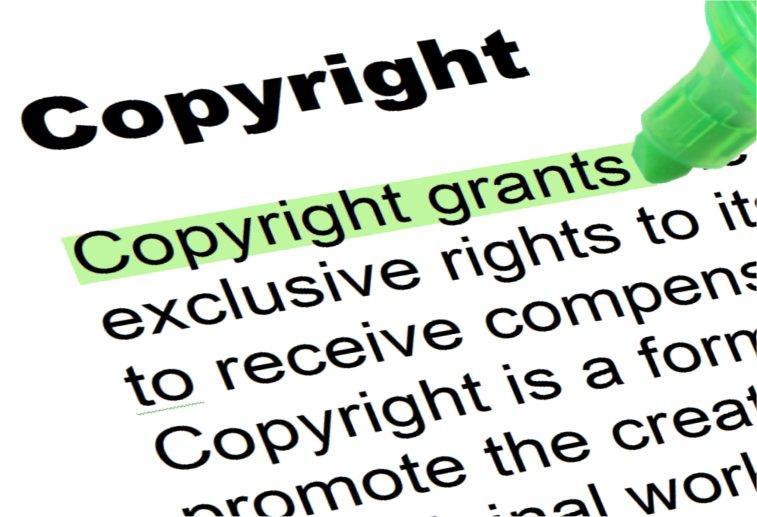
Navigating Copyright Issues: Protecting Your Content and Brand
When it comes to establishing a presence online through your WordPress website,understanding copyright issues is essential for protecting your content and brand. Whether you’re a blogger, a small business owner, or a creative professional, navigating the maze of legalities can be daunting. Here’s what you need to know to safeguard your work.
Know the Basics of Copyright: Copyright law automatically protects your original works, such as text, images, and videos, from being used without your permission. However, it’s important to understand that copyright does not protect ideas or facts—only the specific expression of those ideas. Therefore, always ensure that your content is uniquely created to avoid infringing on someone else’s rights.
utilize Licensing Options: As a content creator, you have the option to license your work. This allows others to use your content under certain conditions. Consider using creative Commons licenses, which provide a flexible range of protections and freedoms for authors and artists. Here are a few common types:
- Attribution (CC BY): Others can use your work provided that they credit you.
- Non-Commercial (CC BY-NC): Others can use your work non-commercially, with attribution.
- Share Alike (CC BY-SA): Others can use your work as long as they license their new creations under identical terms.
Implement Copyright notices: To reinforce your ownership, consider adding a copyright notice on your website. This serves as a reminder to visitors that your content is protected. A simple format includes:
| Year | Owner | Rights |
|---|---|---|
| 2023 | Your Name/Company | All Rights Reserved |
Be Cautious with Third-party Content: If you use images, music, or videos from external sources, make sure to obtain the necessary permissions or licenses. Many platforms offer stock content that is free for commercial use, but always double-check the specific licensing terms to avoid potential copyright infringements. It’s better to be safe than sorry!
being proactive about copyright and licensing not only protects your creative work but also enhances your credibility in your field. By understanding these issues, you can confidently share your content while ensuring that your brand remains secure.

Essential Steps to Ensure Compliance with GDPR and Other Regulations
Ensuring compliance with GDPR and other regulations is crucial for any WordPress website owner. These steps not only protect your website but also build trust with your users. Here are essential actions to take:
- Understand the Regulations: Familiarize yourself with GDPR, CCPA, and other relevant laws. Each regulation outlines specific requirements for data collection, user consent, and more.
- update Privacy Policies: Regularly review and update your privacy policy to reflect how you collect, use, and store personal data. Ensure it’s clear and accessible to your users.
- Implement User Consent mechanisms: Utilize plugins that allow users to opt-in for data collection. Make sure consent is specific, informed, and freely given as required by GDPR.
- Enable Data Access and deletion Requests: Provide mechanisms for users to access their data and request deletions. This openness boosts user confidence in your website.
- Regularly Audit Your Data Practices: Conduct audits to ensure you are not collecting more data than necessary. Assess your third-party plugins and their compliance as well.
Consider using a compliance checklist to help you stay organized. Below is a simple overview that can serve as a guide:
| Step | Description |
|---|---|
| Data Mapping | Identify what personal data you collect and where it is stored. |
| Consent Management | Implement tools to manage user consents effectively. |
| Security Measures | Use encryption and other security practices to protect data. |
| Training Staff | ensure your team understands compliance responsibilities. |
Lastly, stay updated with any changes in regulations. Compliance is not a one-time task but an ongoing process.Subscribing to legal updates or following industry newsletters can help keep you informed. Taking these proactive steps will not only ensure compliance but also enhance your website’s credibility and user experience.
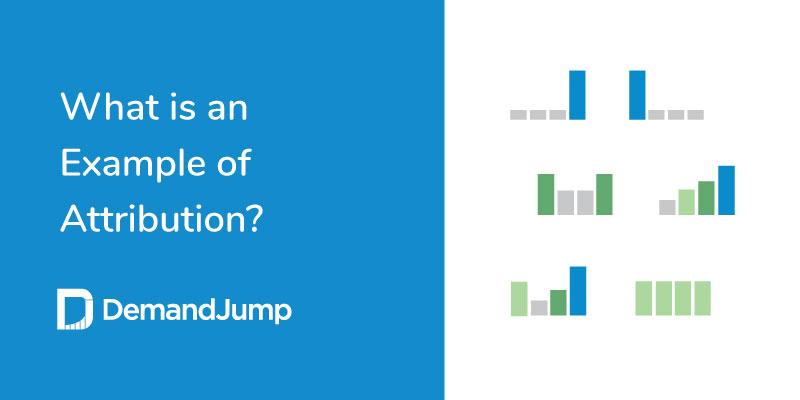
The Role of Attribution: A Guide to Properly Credit Content Creators
Attribution is not just a best practice; it’s a fundamental part of respecting the hard work and creativity of content creators. When you use someone else’s work, whether it’s images, videos, or written content, properly crediting the source fosters a culture of respect and encourages the sharing of ideas. Failing to do so can lead to serious legal repercussions and tarnish your reputation as a content publisher.
Here are some key points to consider when attributing content:
- Know the License: Always check the license type of the content you are using. Creative Commons licenses, such as, frequently enough require that you provide specific attribution to the creator.
- Be Specific: When crediting the creator,include their name,the title of the work,and a link back to the original source whenever possible. This not only gives credit but also allows your audience to explore more of their work.
- Use Clear Formatting: Make the attribution visually distinct from your content. You might use italics or a different font size to ensure it stands out and is easily identifiable.
A helpful way to organize your sources is through a simple table that outlines the content, creator, and license type. This not only aids in attribution but also keeps your compliance in check:
| Content Type | Creator | License |
|---|---|---|
| Image | Jane Doe | CC BY 4.0 |
| Blog Post | John Smith | CC BY-NC 3.0 |
| Video | XYZ Media | Public Domain |
Incorporating proper attribution into your website’s content strategy not only keeps you compliant but also enriches the reader’s experience. By acknowledging the creators behind the content,you’re actively contributing to a community that values creativity and integrity. Remember, the act of giving credit can create a ripple effect, encouraging others to do the same and fostering a more collaborative online environment.
Avoiding Common Pitfalls in Licensing Agreements
Navigating the intricacies of licensing agreements can be a daunting task, especially for those new to the world of WordPress.It’s essential to recognize and avoid common pitfalls that can lead to compliance issues or legal disputes. Here are several key considerations:
- Read the Fine Print: Always thoroughly review the terms of any licensing agreement before implementation.Look for restrictions on usage,modifications,and distribution rights.
- Check Compatibility: Ensure that any plugins, themes, or content you plan to use are compatible with your licensing requirements. Using incompatible items can lead to unforeseen legal troubles.
- Document Everything: Keep a record of all licensing agreements, including purchase receipts and correspondence with authors. This documentation will be invaluable if disputes arise.
Another common pitfall lies in the misconception of “free” resources. Just as something is labeled as free doesn’t always mean it’s free to use without restrictions. Consider the following:
| Resource Type | Typical Licensing Terms |
|---|---|
| Free Themes | Ofen require attribution or have limited support |
| Open Source Plugins | Must adhere to specific licensing, like GPL |
| Stock Images | Can have restrictions on commercial use |
Moreover, always attribute creators properly. Failing to give credit where it’s due can lead to copyright claims. This practice not only helps you avoid legal issues but also fosters goodwill within the community.
Lastly, consider consulting with a legal professional who specializes in digital content and licensing. They can help you navigate complex agreements, ensuring that you fully understand your rights and obligations. Taking these steps will safeguard your WordPress website and enhance its credibility in the eyes of users and search engines alike.
Keeping Your Site Updated: Why Ongoing Compliance Matters
Maintaining compliance on your WordPress site isn’t just a one-time task; it’s an ongoing commitment that can significantly impact your online presence. legal regulations and licensing agreements are constantly evolving, and staying updated is crucial to avoid potential penalties or legal complications. Regularly revisiting and updating your compliance measures ensures that your content and practices align with current standards.
Consider the following aspects that require continuous attention:
- Licensing of Themes and Plugins: Ensure that any themes or plugins you use are properly licensed. This includes checking for open-source licenses and understanding any restrictions they may impose.
- Copyright Compliance: Regularly review your content for copyright issues, especially if you’re using images, videos, or text from other sources. Always give credit where it’s due.
- Data Protection Regulations: With laws like GDPR and CCPA, you must keep your privacy policies updated and ensure that user data is handled correctly.
- Accessibility Standards: Your site should adhere to the Web Content Accessibility Guidelines (WCAG) to ensure that all users, including those with disabilities, can navigate your site effectively.
Implementing a compliance checklist can definitely help in keeping track of all necessary updates.Consider using a table to organize your compliance tasks:
| Compliance Area | Action Item | Frequency |
|---|---|---|
| Licensing | Review theme/plugin licenses | Quarterly |
| Copyright | Audit content for copyright issues | Monthly |
| Data Protection | Update privacy policy | Biannually |
| Accessibility | Evaluate site for accessibility | Annually |
By prioritizing ongoing compliance,you not only protect your site from legal issues but also build trust with your audience. Visitors are more likely to engage with a website that demonstrates an understanding of and commitment to legal and ethical practices. A proactive approach to compliance helps foster a positive online reputation, contributing to long-term success.
Remember, staying compliant is not just about avoiding fines; it’s about ensuring a safe and respectful environment for all users. Regular updates and vigilance in this area can pave the way for a sustainable and reputable online presence.
Best Practices for Documenting Licenses and Permissions
Documenting licenses and permissions is crucial for ensuring compliance and protecting your WordPress site from potential legal issues. A well-organized, systematic approach not only makes it easier to manage your content but also establishes your credibility as a responsible web owner.
To begin with, always keep a centralized repository for all licenses and permissions. This can be a dedicated folder on your server or a section in your project management tool. Here are some essential elements to include in your documentation:
- License Type: Clearly state the type of license (e.g., GPL, MIT, Creative Commons).
- Source Link: Always include the URL where the asset was obtained.
- Attribution Requirements: Outline any requirements for giving credit to the original creator.
- Expiration Dates: Note any expiration dates or renewal requirements for the licenses.
When you use third-party assets, it’s critical to maintain detailed records that specify how you are permitted to use these assets. This includes images, fonts, plugins, and themes. Keep in mind that licenses may vary significantly in terms of usage rights. Below is a fast reference table of common license types you might encounter:
| License Type | description | Usage Rights |
|---|---|---|
| GPL | General Public license | Free to use, modify, and distribute. |
| MIT | MIT License | Free to use, but must include original license. |
| Creative Commons | Various types for different usage | Varies – check specific license for details. |
Moreover, consider using a version control system such as Git to track changes in your documentation. It allows you to revert to previous versions if necessary and keeps a history of all changes made,ensuring transparency in your licensing practices. This is especially vital when working with multiple collaborators who might add or modify content.
regularly review and update your documentation to keep it current.As your website evolves, so too may the licenses and permissions associated with your content. Set a reminder to conduct an audit every few months, making adjustments as necessary. By maintaining thorough documentation, you not only protect your website but also foster a culture of respect for intellectual property within your team.
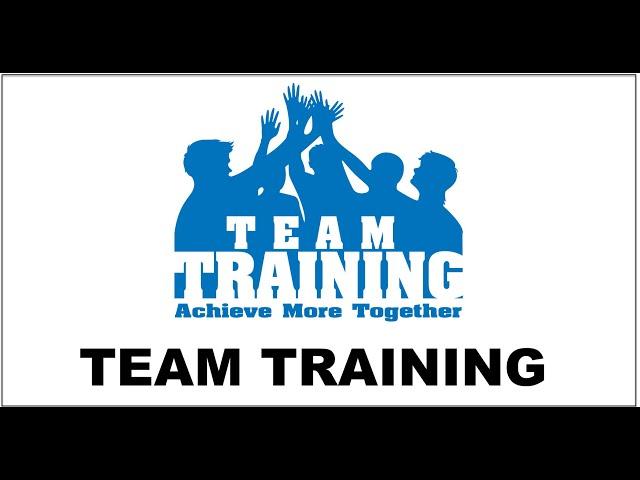
Empowering Your Team: Training for Compliance Success
When it comes to maintaining a WordPress site, compliance is more than just a checkbox; it’s a crucial component of building trust with your audience. Armed with the right knowledge,your team can navigate the complexities of licensing and legal use effortlessly. By investing in comprehensive training, you not only empower your team but also mitigate risks associated with non-compliance.
Understanding Licensing Types
Every digital asset on your website—be it images, plugins, or themes—comes with its own set of licensing requirements. Familiarizing your team with these licenses will ensure they can confidently select and utilize resources without fear of infringement. Key licensing types include:
- Creative Commons: Offers various levels of permission for use and modification.
- GPL (General Public License): Allows software to be freely used, modified, and shared.
- Royalty-Free: Permits the use of content without ongoing royalties.
Legal Use of Content
Once your team understands the types of licenses, focus on the legal use of content. This means knowing how to attribute correctly and ensuring that all assets comply with the terms of their licenses. Here’s what you should emphasize:
- Always credit the original creator where required.
- Understand any restrictions on modification or commercial use.
- Keep documented proof of licenses for all assets used on the site.
Creating a Compliance Checklist
A practical approach to compliance is developing a detailed checklist for your team. This ensures every member knows what to look for and helps maintain consistent standards across the board. Here’s a simplified example:
| Compliance Aspect | Status |
|---|---|
| All images are licensed | ✔️ |
| Plugins used are GPL-compliant | ✔️ |
| Attribution provided for all third-party content | ✔️ |
By fostering an environment of continuous learning and awareness, your team will be better positioned to tackle compliance challenges head-on. The investment in training isn’t just about avoiding penalties; it’s about cultivating a culture of integrity and respect for intellectual property within your institution.
Frequently Asked Questions (FAQ)
Q: Why is compliance important for my WordPress website?
A: Compliance is crucial because it helps protect you from legal issues that can arise from copyright infringement, data breaches, and other violations. When you understand the legal landscape, you not only safeguard your business but also build trust with your audience. A compliant website demonstrates professionalism and integrity.
Q: What are some common legal issues that WordPress website owners face?
A: there are several potential pitfalls, including copyright infringement (using images or content without permission), GDPR violations (not protecting user data properly), and licensing mishaps (not adhering to the terms of plugins or themes). Being aware of these issues can save you a lot of trouble down the line.
Q: What do I need to know about licensing for plugins and themes?
A: Licensing is key! Most WordPress themes and plugins are distributed under the GNU General Public license (GPL), which allows you to modify and redistribute them. Though, check each plugin’s licensing terms to ensure you’re using them legally. Also, be cautious about using premium themes or plugins, as they might come with specific usage rights.
Q: How can I ensure the images I use on my site are compliant?
A: Always source images from reputable sites offering royalty-free or Creative Commons-licensed images. Websites like Unsplash, Pexels, and Pixabay are excellent for this. Always read the license for each image you use to confirm you comply with the usage rights.
Q: What steps can I take to protect user data on my site?
A: Implementing a robust privacy policy is a must,especially if you collect personal facts. Ensure your site is HTTPS secured, use strong passwords, and consider using plugins that enhance your site’s security.familiarize yourself with regulations like GDPR if you have users from the EU, as they have strict guidelines on data protection.
Q: Can I use content from other websites on mine?
A: Generally, no! Using content from other websites without permission can lead to copyright infringement. Instead, consider creating original content or seeking permission from the original creators.If you do reference or quote, ensure it falls under “fair use” guidelines and always provide proper attribution.
Q: how can I stay updated on compliance and legal issues?
A: Follow legal blogs,join WordPress community forums,and subscribe to newsletters focused on web compliance. Additionally, consider consulting with a legal professional who specializes in online business regulations to get tailored advice.
Q: What’s the takeaway for WordPress website owners regarding compliance?
A: The key takeaway is that being proactive about compliance is a smart investment in your website’s future. Understanding licensing,using content legally,and protecting user data will not only keep you out of legal trouble but also enhance your credibility and trustworthiness online.It’s all about creating a safe and respectful environment for your users!
The Way Forward
Outro: wrapping Up Your Compliance Journey
As we wrap up our exploration of navigating compliance for your WordPress website, it’s clear that understanding licensing and legal use is not just a box to check—it’s an essential part of building a reputable online presence.By taking the time to ensure your site adheres to the necessary laws and regulations, you’re not only protecting yourself but also earning the trust of your visitors.
remember,compliance is a journey,not a destination. Staying informed about licensing agreements, copyright laws, and the proper use of resources will keep your website in good standing and free from potential legal pitfalls. so, take these insights to heart and start integrating them into your WordPress strategy today.
If you have questions or need further guidance,don’t hesitate to reach out. there’s a whole community of resources and experts ready to help you on this path. Together, we can ensure that your site is not only engaging but also compliant and trustworthy. Happy blogging!

